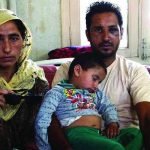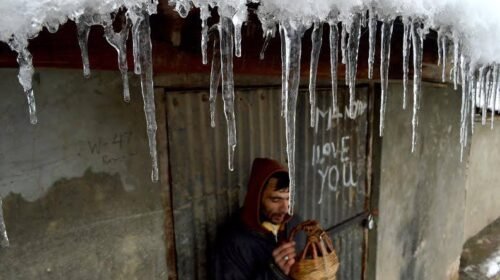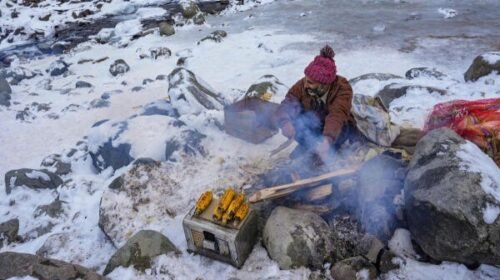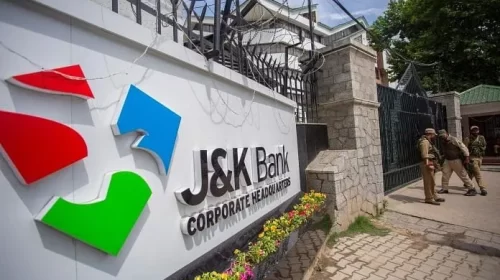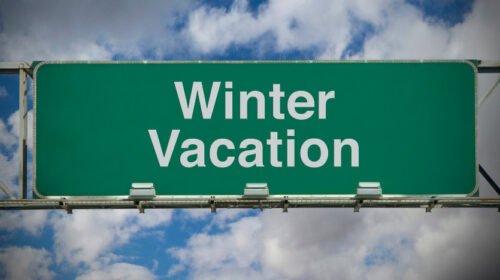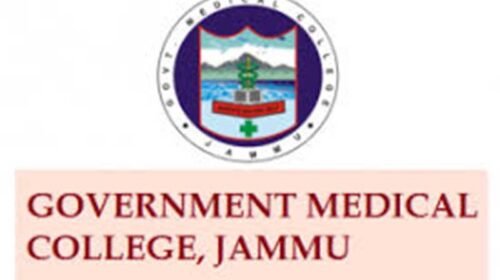On the evening of August 16, I drove to Lal Chowk, some ten kilometres from home, to print out a ticket for a flight to Delhi the next morning. It was my last option. Mobile internet had been suspended in Kashmir Valley for over a month and earlier that afternoon broadband internet too was cut off in most parts. However, in the city centre of Srinagar, close to the government offices, broadband services were still functional. Or so I thought.
In the rain-swept streets, under the fading light, the few policemen and paramilitaries struck as dire ─ normally, they are withdrawn from most areas by the evening. The roads towards the city centre had been sealed, and just one side of the two-lane flyover was left open.
As I reached my destination, I discovered there was no internet in the city centre either. I explored all options, a friend with broadband, a mall and a restaurant’s Wi-Fi, but couldn’t get a printout or download the e-ticket to enter the airport terminal.
On a better day, this would have taken minutes ─ and would have been much safer. However, the heightened presence of the security forces had upturned what could qualify as normality.
About half an hour later, I turned back. The restrictions had become more stringent by then, and the policemen manning the barricades refused to let me through. An officer said no one could pass till 8:30 pm. So, swallowing my anxiety about losing time, I waited.
It was another portrait of the besieged life in Kashmir Valley.
State’s response
The Valley has been tense since the killing of Hizbul commander Burhan Wani on Friday, July 8.
Even by the jittery standards of Fridays, when apprehension of trouble often hangs in the air, that evening was staggering. As soon as news of Wani’s death broke, there was a sinking feeling of something ominous approaching. Everywhere, the average Kashmiri braced for a chain reaction.
I was visiting a friend when I saw the update of the encounter and rushed home immediately. On the highway, vehicles hurried past one another, unusually chaotically. I had sped to avoid getting caught in indiscriminate street battles between stone-pelters and the forces. Clearly others had too.
Imagining the state’s reaction was not difficult. For a start, it would shut down mobile internet and phone services. And then curfews and restrictions would follow. The state did not disappoint.
The day after the encounter, as I travelled with a few other journalists to Tral in south Kashmir to cover the funeral of Wani, I realised that mobile telephony had been choked in the region. Among the sea of people gathered for the funeral, and more coming in, it was impossible to coordinate without phones.
We journalists had scattered in the crowd and ran into one another occasionally. It was decided then that we would meet near a particular house after the end of the funeral prayers. That did not work out. And since looking for a missing colleague was like finding a needle in a haystack, we waited.
Over the next week, dozens of people were admitted to the Shri Maharaja Hari Singh Hospital in Srinagar for injuries sustained in violent protests. Several patients and their, related and unrelated, attendants lamented the inability to keep the families informed. Many of those people had come from villages in south Kashmir, which did not even possess landlines.
“My family doesn’t even know I am here,” one injured man said. Another person with injuries brought in late at night was left unattended because no-one close to him could be informed.
Blanket of silence
About a month into the unrest, I wanted to again visit Tral, which from afar seemed the epicentre of the unrest. I was warned that the stretch of national highway going towards south Kashmir was controlled by mobs.
Vehicles were being stopped, travellers questioned about the purpose of their movement and their identity cards checked. So I tried to find a safer travel time from my friends in south Kashmir. They too had no clue. Mobiles phones were still down, except for those operating on post-paid SIM cards, which few people possess. Most of those living in the region had been cut off from friends and family right from the first day of the unrest.
In the midst of these fetters, the only redeemer was the internet. For two weeks after the unrest began, I was accessing the internet through the state-run Bharat Sanchar Nagam Ltd’s broadband service. But then, that too was lost when one evening I returned home to find the landline dead.
My brother was outside the state and could only talk to us over WhatsApp. I thought about the Kashmiris who were studying outside the state and how difficult it must have been for them to reach their families. How were they coping with the blanket of silence? How distressing must it be not knowing the state of their families? How were they managing their finances?
To get around my restrictions, I accessed the internet from a neighbour’s Wi-Fi, whose signal reached my house, albeit weakly. A few times, I managed to sync emails by catching the Wi-Fi from the third floor of my house. But that wasn’t always feasible.
On a few occasions, I filed reports and sent emails by mooching off the Wi-Fi of a mall in Lal Chowk. Someone had leaked the password to the mall’s Wi-Fi and people craving for a fix of the internet swarmed to it.
Outside the mall, dozens of people sat in front of shops for hours, gazing into their smartphones. (The government secretariat’s Wi-Fi had been similarly accessed by locals, until the secret got out and the passwords were reset.)
News by whispers
When the clampdown affected socialisation and the means to stay informed ─ the government even shut down newspapers for days ─ I relied on Kashmir’s mysterious ways of spreading the word. News was relayed into mohallas by travellers, who sourced it from one another. However, twisted through echoes of whispers, what reached me and others was often far from the truth.
For the first few days, my movement was curtailed by a stone-pelting mob on the nearby main road and then by the paramilitaries that replaced them. I still wasn’t sure what lay ahead. In pockets in and around Srinagar, the security forces had clashed with protesters, but the overall situation could not be assessed. The experiences of 2010 and 2013, the times of massive unrests, came to mind.
On the day I went to the city centre, I had assumed there would be many paramilitary and police personnel along the route and roads would be sealed with barbwire. I had taken it for granted that moving towards the city would mean negotiating with discourteous security personnel. However, there were no mobs or barricades, or companies of security personnel. The deserted streets reeked of uncertainty. Perhaps like me, everyone was wondering: what is it like to be outside?
Clearly, things have changed since July 8. The highway is secured by paramilitary forces. And though there is still violence and killings by the security forces, the extent of it seemed reduced.
I did not get a printout of my flight ticket from Srinagar’s city centre, but I got it at the airport the next day. Now I am in Delhi, where the phones work and I have uninterrupted internet access in my hotel.
Mobile telephony was partially restored in the Valley on August 20, a fact I learnt through newspapers. Most people I called in Kashmir had no clue. As one friend put it, in Kashmir, the sound of the phone ringing is like music.
This article originally appeared on Scroll.in

